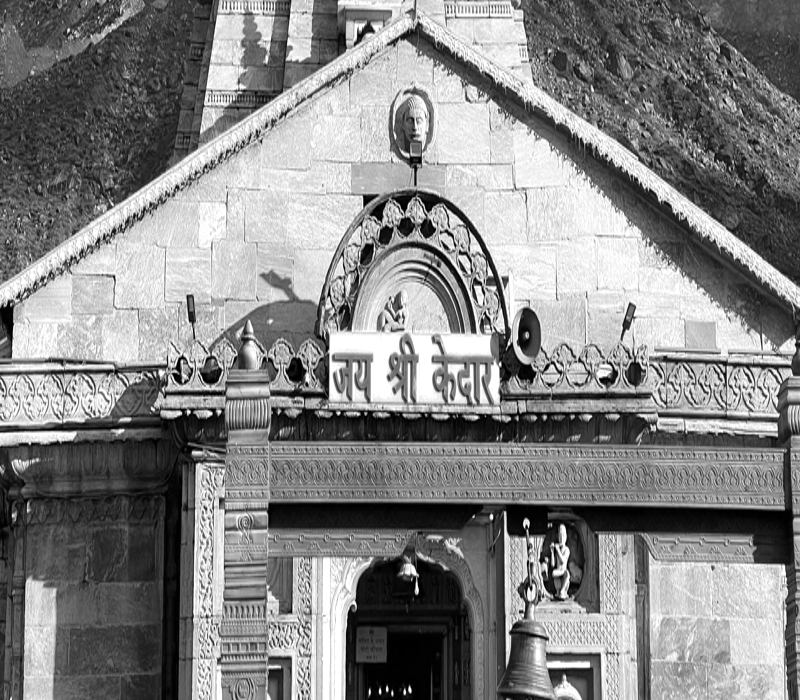- Offices: Dehradun | Dwarka New Delhi
Udham Singh Nagar Dam: An Oasis of Serenity and Resilience in Uttarakhand - Udham Singh Nagar, a district nestled amidst the picturesque landscapes of Uttarakhand, India, is graced by the presence of the Udham Singh Nagar Dam—a testament to human ingenuity and nature's beauty. This dam, standing tall against the backdrop of the Himalayan foothills, not only embodies engineering excellence but also serves as a source of water resource management, irrigation, and a tranquil recreational space. In this comprehensive exploration, we embark on a journey to uncover the captivating allure of the Udham Singh Nagar Dam, delving into its engineering prowess, ecological significance, cultural relevance, leisure offerings, and the unique experiences it bestows upon all who venture to its shores.
Introduction to Udham Singh Nagar Dam:
Nestled within the embrace of nature's splendor, the Udham Singh Nagar Dam stands as an engineering marvel that unites human innovation with the natural world. Named after the district itself, the dam serves as a lifeline, offering multiple benefits to the region's inhabitants. Its strategic location and multifaceted functions make it not only an essential infrastructure but also a recreational haven and a vantage point to witness the harmony of water and land.
The Udham Singh Nagar Dam's architecture, historical significance, and societal impact converge to create an ambiance that transcends the ordinary and ushers visitors into a realm of awe-inspiring landscapes and engineering resilience.
Engineering Marvel and Water Management:
The Udham Singh Nagar Dam is a remarkable feat of engineering that showcases humanity's mastery over harnessing natural resources. Built to harness the flow of the River Kosi, the dam plays a pivotal role in water resource management, irrigation, and flood control. Its construction involves careful planning, design, and execution to ensure stability, functionality, and long-term sustainability.
The dam's structure incorporates spillways, gates, and other hydraulic components that enable the controlled release of water, thereby preventing floods during heavy rainfall and ensuring a steady water supply during dry periods. The ingenious engineering behind the dam is a reflection of human adaptability to nature's dynamic forces.
Environmental Implications and Ecosystem Balance:
While dams offer numerous advantages, they also have environmental implications that necessitate careful consideration. The creation of reservoirs can lead to alterations in local ecosystems, river flow patterns, and aquatic habitats. These changes can impact fish populations, water quality, and overall ecosystem health.
Efforts are made to mitigate these impacts through environmental management strategies. Measures such as fish passages, sedimentation management, and water quality monitoring help maintain ecological balance while reaping the benefits of water management and energy generation.
Socioeconomic Benefits and Agricultural Prosperity:
The Udham Singh Nagar Dam's significance extends to socioeconomic realms, particularly in the domain of agriculture. The regulated water supply from the dam supports irrigation activities, enhancing crop yields and promoting agricultural prosperity. The reliable water source ensures that farmers have access to water throughout the year, which is vital for sustaining their livelihoods and contributing to food security.
Moreover, the dam's contribution to water management bolsters rural economies, empowers local communities, and strengthens the district's agricultural backbone. It fosters a sense of resilience and self-sufficiency among farmers, who play an essential role in India's agrarian landscape.
Recreational Haven and Tourist Attraction:
Beyond its utilitarian functions, the Udham Singh Nagar Dam offers a serene retreat for visitors seeking respite from urban life. The reservoir created by the dam forms a picturesque water body that serves as a haven for boating, picnicking, and leisure activities. The calm waters, fringed by lush greenery and the Himalayan foothills, create an idyllic setting for families, couples, and nature enthusiasts.
The dam's surroundings are also a gateway to nature exploration and adventure. Trekking trails, birdwatching, and nature walks in the vicinity provide opportunities to immerse oneself in the region's rich biodiversity and natural beauty.
Cultural Significance and Communal Gatherings:
The Udham Singh Nagar Dam is not only a reservoir of water but also a reservoir of cultural significance. It often becomes a gathering space for local communities to celebrate festivals, hold communal events, and partake in cultural activities. Festivals such as Ganga Dussehra and Makar Sankranti witness the convergence of people who seek spiritual blessings and social camaraderie by the water's edge.
The dam's role as a cultural landmark fosters a sense of belonging and unity among local inhabitants, reaffirming their connection to their heritage and traditions.
Challenges and Sustainability:
While the Udham Singh Nagar Dam provides essential services, it also faces challenges that demand attention. Sedimentation, water quality, and ecological impact necessitate ongoing monitoring and adaptive management strategies. Climate change and varying precipitation patterns further underscore the need for dynamic water management practices.
Balancing water demands, agricultural needs, environmental conservation, and community interests requires a collaborative effort among stakeholders, governmental bodies, and environmental organizations.
Conclusion:
The Udham Singh Nagar Dam, standing as a sentinel against the Himalayan backdrop, exemplifies the harmonious coexistence of nature and human innovation. It symbolizes the district's commitment to sustainable water management, agricultural prosperity, and cultural heritage preservation. The dam's utilitarian functions, recreational offerings, and role as a cultural gathering space make it a microcosm of resilience, adaptability, and the connection between humans and their environment.
As visitors gaze upon the tranquil waters, embark on leisurely boat rides, or simply immerse themselves in the serenity of the surroundings, they become witnesses to the interplay between human endeavor and the majestic forces of nature. The Udham Singh Nagar Dam is not just a structure of concrete and steel; it is a living embodiment of the district's spirit, a testament to the potential of collaboration between nature and human ingenuity, and a sanctuary where one can find solace, inspiration, and a deep connection to the Earth's beauty and bounty.

